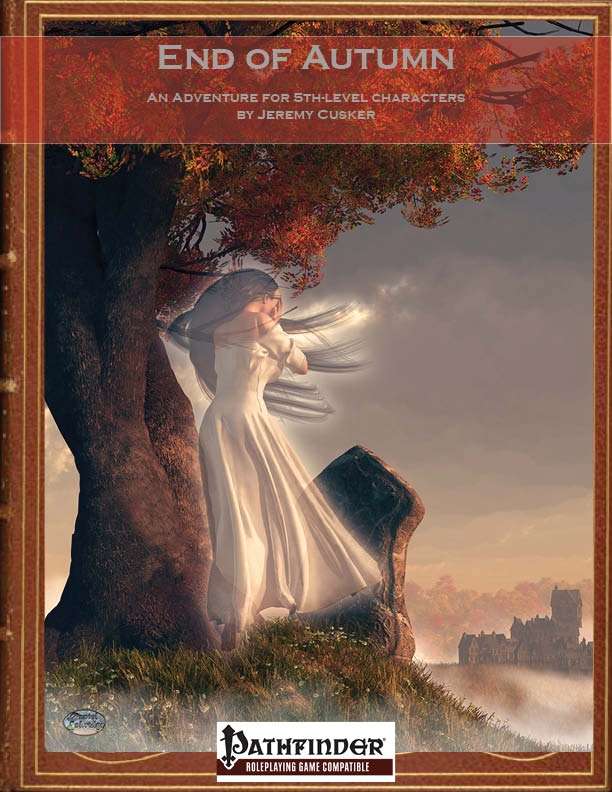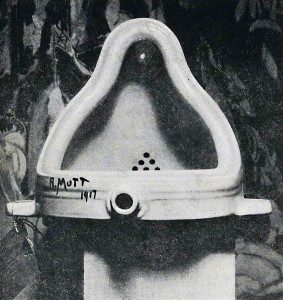
Perhaps you think that your art is not good enough to sell, or worse, maybe you are worried that what you are making isn’t even considered art at all. You look at what you have made and ask yourself, “Is it art?”. Well, if you meant for it to be art, then the answer is “Yes”.
First off, you may not be exactly sure what is and what is not art. Modern art has made it rather confusing. Now, technology also confuses the issue. I can’t tell you how often I have people dismiss my art as “not art” simply because I use a computer to make it.
For most of the era of modern art, ever since the impressionists deviated from the rules of the art academy, the question has been asked “is it art?” The response usually comes from someone who has an agenda: a collector who wants to increase the value of the art they own, a gallery owner trying to eliminate the competition, a politician trying to cancel public funding for the arts, even from the artist trying to justify their own body of work. The answers from these people tend to boil down to an attempt to narrow the field. They are trying to increase the importance of what they CONSIDER to be art at the expense of everything else.
So what is art? It’s anything made by a person that is considered to be art by that person or any other person. I know, it’s a bit of a cyclical definition, but that’s the truth of it. Art is what we say it is. That is not to say, though, that everything is art. Naturally concurring things are just that – things that happen to be there, and the vast majority of things made by people are just for utilitarian purposes, things that no one considers to be art; therefore, such things are not art.
So, if you think you are making art – you are. Don’t let anyone tell you otherwise.
However, just because it is art does not necessarily mean that it is likely to sell well, but we’ll get more into that later.
Daniel
P.S.
Note that I do limit the definition to things made by people. You might argue that there are a few animals capable of creating art, but quite often such art is really the result of a human trainer. Also, in the future, there may well be machine intelligences making art, but at this time, art created by machines is really done so by a person directing or programming the machine.
P.P.S.
Like what you just read? Subscribe to my newsletter and receive more more of my articles and enjoy my art while you’re at it 😀

 Okay, so you’ll see a picture of me in the
Okay, so you’ll see a picture of me in the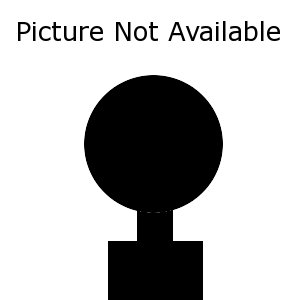
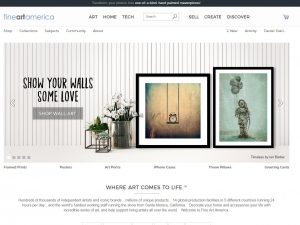
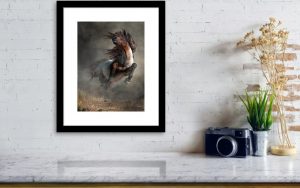
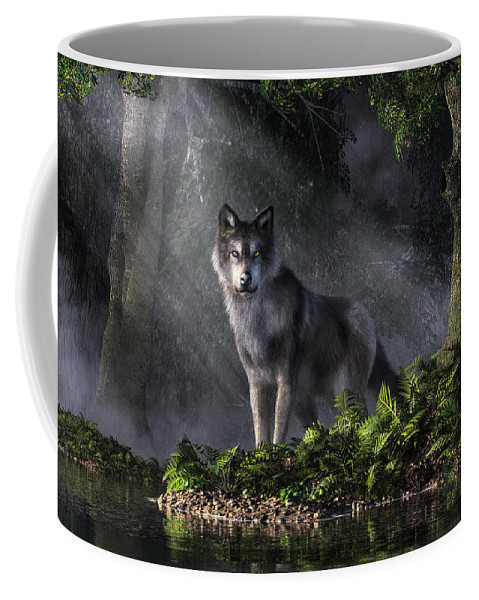

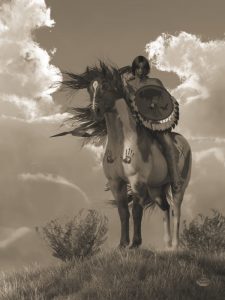
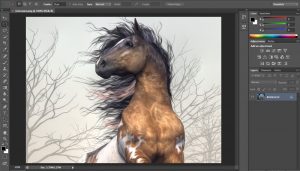
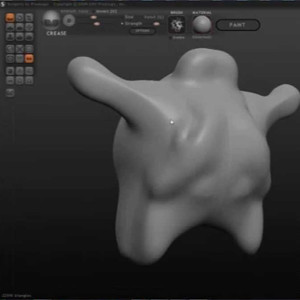

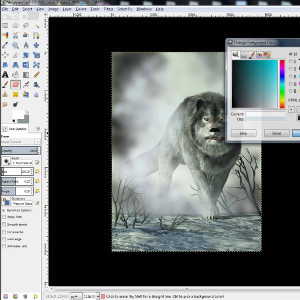


 Welcome to my website!
Welcome to my website!